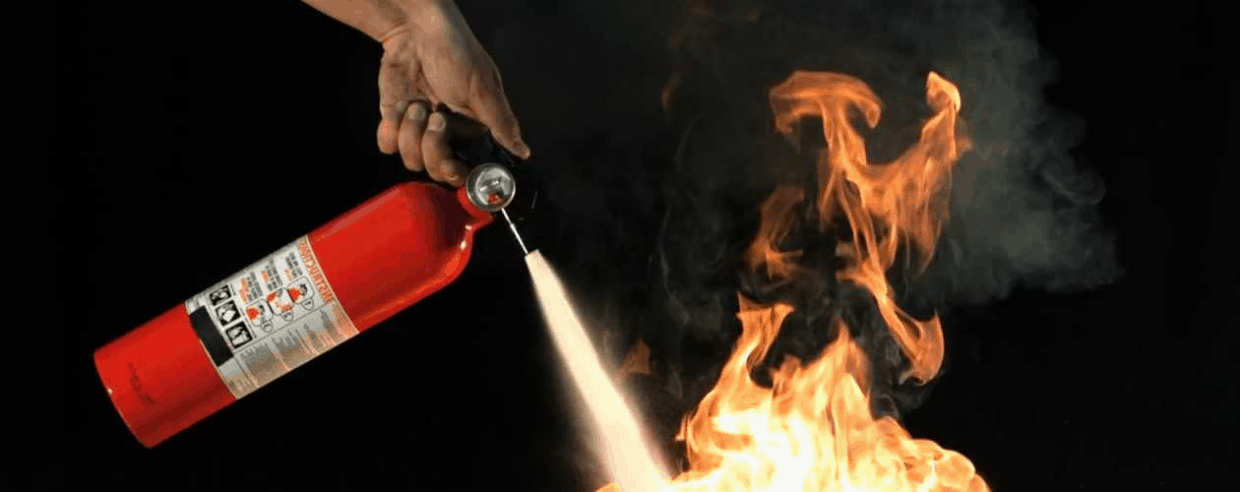It was truly unfortunate news to hear about the fire at the Notre Dame Cathedral. While most of us don’t manage giant buildings of historical significance, we thought now might be a good time to address the five different types of fires and how to best extinguish them.
While most people know that a wood fire is not the same as an oil fire, they may not realize that there are five different types of fires. Each one has a different method of putting out.
Class A Fires: The Normal Kind
A Class A fire is one that has a solid substance to burn. This, in most cases, means wood, but it can also cover cloth, fabric, papers, plastics, etc. Common examples of this are bonfires and dumpster fires. Most fires fall under this type and the primary way to extinguish them is with water.
Class B Fires: The Liquid and Gas Kind
There is a wide variety of flammable liquids and gasses out there, such as Gasoline, Butane, Propane, etc. For most people, the most likely cause will be from a propane grill or lighter fluid from tiki torches and other lanterns. Due to their non-solid nature, water is not a safe method of putting them out. Instead, the best method is to smother them of oxygen. Dry chemicals, like ammonium phosphate or pressurized carbon dioxide, are a common choice. In more dire circumstances, people would cover in plastic tarps, metal pots, or other non-flammable containers.
Class C Fires: The Electrical Kind
If I recall correctly, the Notre Dame fire started as an electrical fire with some of the construction equipment. Given the world’s usage of technology, an electrical fire is increasingly common. Before the fire can be put out, the power source needs to be shut off, either by unplugging the item from the wall socket or by hitting the electrical breaker. After that, Non-conductive chemicals can be used.
Class D Fires: The Metal Kind
This is a less common one. Certain metals can be combusted, if the conditions are right. Some of the more common examples include titanium, magnesium, sodium, lithium, aluminum, and potassium. Water cannot be used to extinguish them, dry powder agents are ideal. This is different from dry chemical agents, which can increase the fire. Fortunately, a Class D fire seldom happens outside of laboratories.
Class K Fires: The Cooking Kind
Arguably the most common household fire, a Class K fire is when various cooking materials ignite, such as grease, oils, lards, and fats. This is why people tell you not to cover a pan or pot of oil, once you remove the lid, oxygen floods in and spark the oil to flames. Water will cause the oil to pop and splatter, expanding the fire. In an emergency, you can smother the oil in baking soda or salt. DO NOT USE FLOUR, THAT IGNITES. The ideal solution is to use a fire extinguisher. If you’re feeling brave, try covering the pot/pan with the lid, starving it of oxygen again. Just don’t open it again until its cold.
Use a Fire Extinguisher
You should always have a fire extinguisher in areas more likely to experience a fire, such as a kitchen. They make extinguishers for each fire class. The most diverse type is the Class ABC Extinguisher, which uses dry chemical agents to put out Class A, B, C, and K fires. Research and find the right extinguisher for you.

